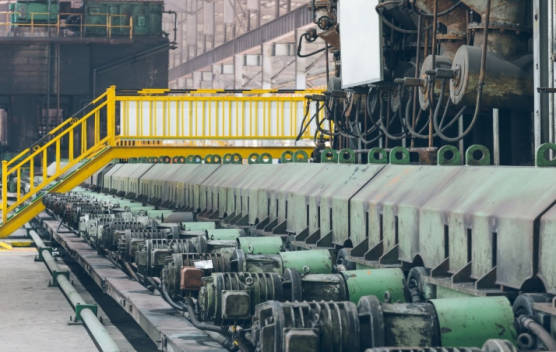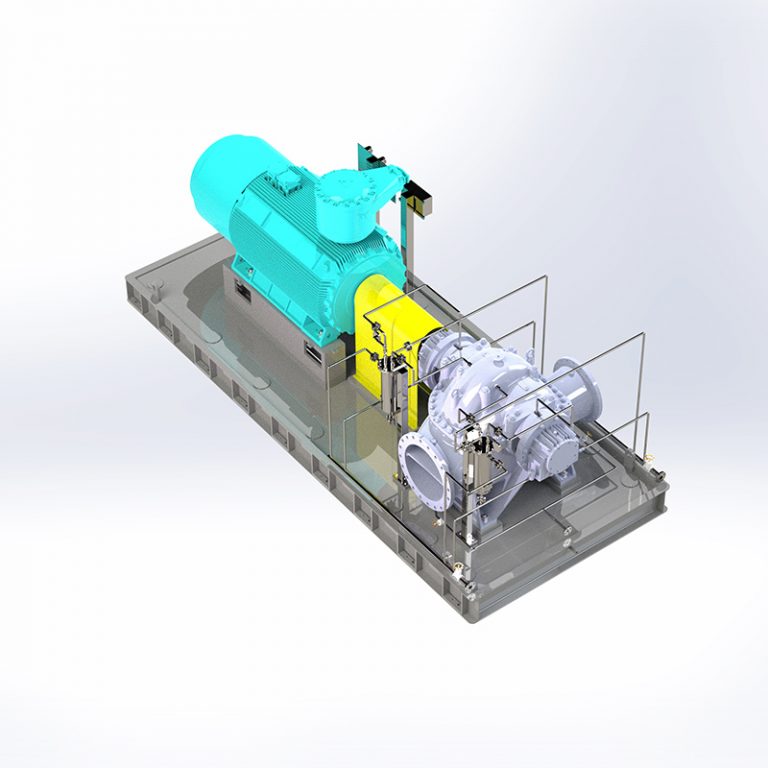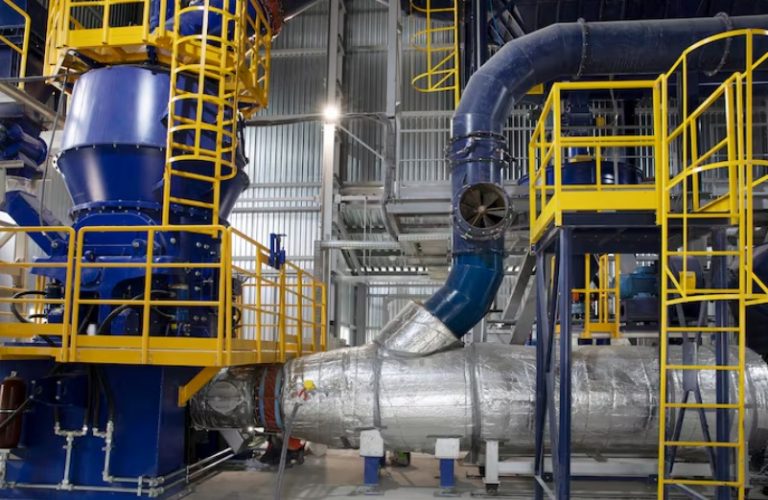
From vast petrochemical sites and coal plants to fertilizer-making spots, the centrifugal pump acts as the overlooked key player. It works steadily in the background. These strong units form the core of many factory tasks. They handle moving large amounts of liquids with great steadiness. But for numerous workers and site leaders, the inside functions of a centrifugal pump may appear as a puzzle. How does this fairly basic tool create a huge force and shift fluids so well?
Grasping the basic rule of a centrifugal pump marks the initial move toward picking the correct gear for your key uses. This overview will explain the method bit by bit. It will clear up the methods that drive current factories.
The Core Components of a Centrifugal Pump
At its base, a centrifugal pump is a basic unit with a few main pieces that function together in fine balance.
The Impeller: The Heart of the Pump
The impeller is a turning part, often with a group of bent blades. It links to a shaft, which gets power from a motor. The impeller’s chief duty is to pass the turning force from the motor to the fluid. This speeds it up to a quick rate.
The Casing (Volute): The Pressure Converter
The impeller sits inside a specially crafted shell named a volute. The volute is a coil-like space that slowly grows in section size as it nears the exit point. This distinct form is vital. Its role is to reduce the quick-moving fluid from the impeller and change that motion force into high-force energy.
The Shaft and Bearings: The Support System
The shaft sends the twist from the motor to the impeller, making it spin. Bearings hold it up. They cut down on rubbing and carry the side and end loads. This ensures even and firm running over extended times.
The Pumping Process: A Step-by-Step Breakdown
The wonder of a centrifugal pump rests in its skill to turn spinning force into a constant, forced stream. Here is how it occurs.
Step 1: Fluid Enters the Suction Eye
The method starts when the pump gets ready and the motor begins. The spin of the impeller forms a low-force spot at its middle, called the impeller eye. Outside or setup force drives the fluid into the pump’s intake opening and toward this low-force area.
Step 2: Energy Transfer via the Impeller
As the fluid reaches the impeller eye, the spinning blades catch it. The impeller turns at a rapid pace, pushing the fluid outward and far from the center with centrifugal force. While the fluid gets flung out, its speed (kinetic energy) rises sharply.
Step 3: Conversion of Velocity to Pressure in the Volute
The quick-moving fluid leaves the ends of the impeller and goes into the volute shell. Because of the volute’s growing form, the fluid starts to slow. Based on Bernoulli’s rule, as the fluid’s speed drops, its force must grow. This effective shift of kinetic energy to potential energy forms the basic running rule of the pump.
Step 4: Fluid Exits the Discharge Nozzle
By the time the fluid has moved around the volute, it has changed into a high-force flow. Then, it gets guided out of the pump through the exit opening. Now, it is set to move through the pipe setup to its end spot.
From Principle to Performance: Engineered Pump Solutions
While the main rule applies everywhere, pump builds get tailored a lot to face varied factory issues. As a top maker, Longgang has built a full set of centrifugal pumps crafted for the toughest uses in the petrochemical, chemical, and coal chemical fields.
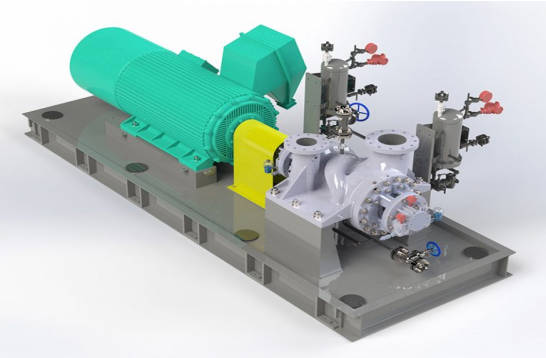
For Chemical Processing: The LBD (BB2) Pump
In chemical spots, pumps must deal with eating or changing fluids in a safe way. The Longgang LBD (BB2) Radial Dissection Chemical Process Centrifugal Pump is made for this aim. Its side-split shell build gives better frame strength at high heats and forces. This turns it into a steady pick for key chemical method services.
For High-Flow Applications: The LAD (BB1) Pump
When the aim is to shift large amounts of liquid, like in cooling water setups, the build must get tuned for large flow levels. The Longgang LAD (BB1) Axial Split Double Suction Centrifugal Pump includes a double-suction impeller. This build lets fluid enter the impeller from both ends. It balances axial hydraulic thrust and helps the pump reach higher flow skills with more steadiness.
For High-Pressure Demands: Multi-Stage Pumps
Some uses, like boiler feedwater or high-force input in CCUS tasks, need very high force. This is where multi-stage pumps stand out. Types like the Longgang LDD (BB4) High-Pressure Segmented and LTD (BB5) Double Shell Multi-Stage Pumps employ several impellers in a row. The fluid leaves one impeller and gets sent into the intake eye of the next. Each “stage” adds extra force. This lets these pumps reach exit forces much past what a single-stage pump can provide. They have shown this in big refining and chemical blend tasks.
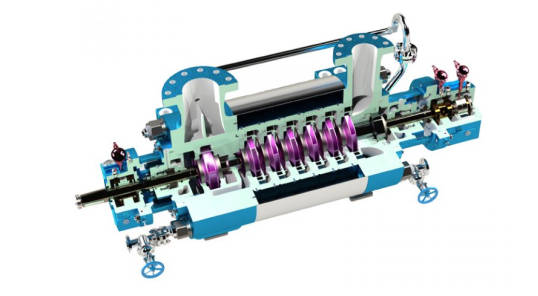
Why Trust Longgang for Your Pumping Needs?
Longgang goes beyond a simple maker. We act as a committed ally offering effective and steady centrifugal pump answers. As a cleared provider to field leaders like CNPC, Sinopec, and CNOOC, we hold a proven history of supplying main pumps for large refineries and chemical plants. Our pledge to standard gets backed by a skilled group, a 24-hour issue-fixing promise, and ongoing tech aid for all our items.
Conclusion
The centrifugal pump shows how a basic physical rule can be shaped into a wide array of strong and steady factory tools. By grasping how it functions, you can value the built thoughts that enter making pumps for exact, hard uses. Whether your method calls for resistance to eating, large flow, or extreme force, selecting a well-crafted pump from a reliable maker like Longgang is crucial. It ensures the speed and steadiness of your work.
FAQ
Q: What are the main industries Longgang serves?
A: We specialize in providing efficient and reliable pump solutions for the petroleum, petrochemical, coal chemical, fertilizer, and CCUS industries.
Q: What is the advantage of a multi-stage pump over a single-stage pump?
A: A multi-stage pump uses several impellers in series to build pressure incrementally, allowing it to achieve significantly higher discharge pressures than a single-stage pump, making it ideal for high-pressure applications.
Q: Can your pumps handle high-temperature fluids?
A: Yes, many of our pumps, such as our BB5 and BB3 models, are specifically designed with robust structures to reliably transport high-temperature hot oil and other challenging fluids in refinery settings.
Q: What kind of after-sales support do you offer?
A: We provide a comprehensive warranty and lifetime service, including free technical support, 24-hour response to quality issues, and on-site assistance for installation and testing when required.





